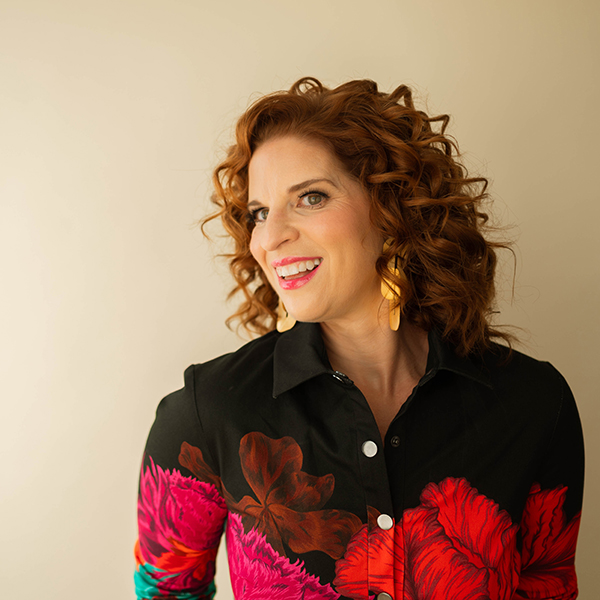For the last few months, I’ve been teaching advanced web design to students at a top art school – and one thing that really surprised me was that I had to teach how to organize projects.
Students initially had trouble finding where their current project files were – and they were getting easily confused as we moved from one project to the next (and were in danger of accidentally overwriting old files). Before we could even dive deep into topics like advanced CSS techniques and creating functions, I had to teach them the art of organization.
For example: don’t name a project “Project” or “WordPress.” (yes, both of these happened). How will you have any idea a week from now (or a year from now) what that project even was?
I know I’m always running more than a few projects at once (not to mention maintaining archives of past client projects) and if I didn’t have a system in place I wouldn’t be able to find anything.
Here are my simple (and easy to implement) tricks to organize your work life
Create your own naming and folder structure system
For example this is what I do:
- Every client gets their own folder
- Every client project gets a subfolder (most of my clients have multiple projects)
- Each project gets similarly names folders such as
- assets (logos, graphic materials)
- newsletter
- videos
- photos
- backup (backup files)
- wordpress (site files)
- contract (legal docs and proposals)
- psd
If you keep the same system for all of your clients, you’ll easily be able to scan and find your source files. Once a project is complete, I move it to my “archive” subfolder. That way only my active client files are in my “work” folder.
Store your commonly used assets in an easy-to-understand method.
Over the years, I have collected thousands of stock assets – brushes, vectors, patterns and imagery. Instead of saving them by their stock id # (which makes no sense as you scan), I organize them into useful categories (like “hand drawn” or “brushes”).
This organization makes it easy for me to find that special photo or vector asset I saved years ago for later use (and often discover cool ones I’ve forgotten!)
Clean up your digital desktop!
Remove things you don’t need (bonus: this will help speed up your computer!) My husband’s desktop drives me nuts – he’s always got 50+ powerpoint presentation shortcut icons scattered across the screen. The sheer clutter makes me anxious. Keep the minimal amount of folders and files on your startup screen – any project files should go in your project folders.
Move your notes online
For years I used a hard copy notebook to track all of my client notes and ideas. Unfortunately, I have the handwriting of a 5 year old, and often I couldn’t read my own notes (especially if writing fast). Two years ago I switched to Evernote and I haven’t looked back since. I use it for everything – from client notes, to design and product ideas to storing code snippets. It’s easily searched and I can even link notes to other others.
Other tricks of the trade
- Name folders in a way that makes sense to you
- Don’t use a date as the file name – the date will already be included and you’ll have no idea what the files is later on
- Save pretty much every bit of creative work
(just last week, a client asked me for their logo – which I had from when we worked together 4 years ago – and I wasn’t even the one who designed it!) - Back it up back it up back it up!
I’m a huge believer in redundancy (be in this business long enough, and you’ll have a dead hard drive or two..) I do regular backups to an external hard drive AND to secure cloud storage.
Got any tips that keep you organized?
Share them on the blog!

 Michelle Martello is a Kajabi and ConvertKit (Kit) expert, award-winning digital strategist, and founder of Minima Designs. She works with entrepreneurs and creators to launch, grow, and streamline their online businesses — from creating all kinds of digital products and programs to email marketing and automation. Michelle offers 1:1 strategy consults for anyone looking to simplify the tech and build a business that actually works (and lasts).
Michelle Martello is a Kajabi and ConvertKit (Kit) expert, award-winning digital strategist, and founder of Minima Designs. She works with entrepreneurs and creators to launch, grow, and streamline their online businesses — from creating all kinds of digital products and programs to email marketing and automation. Michelle offers 1:1 strategy consults for anyone looking to simplify the tech and build a business that actually works (and lasts).
Leave a Reply